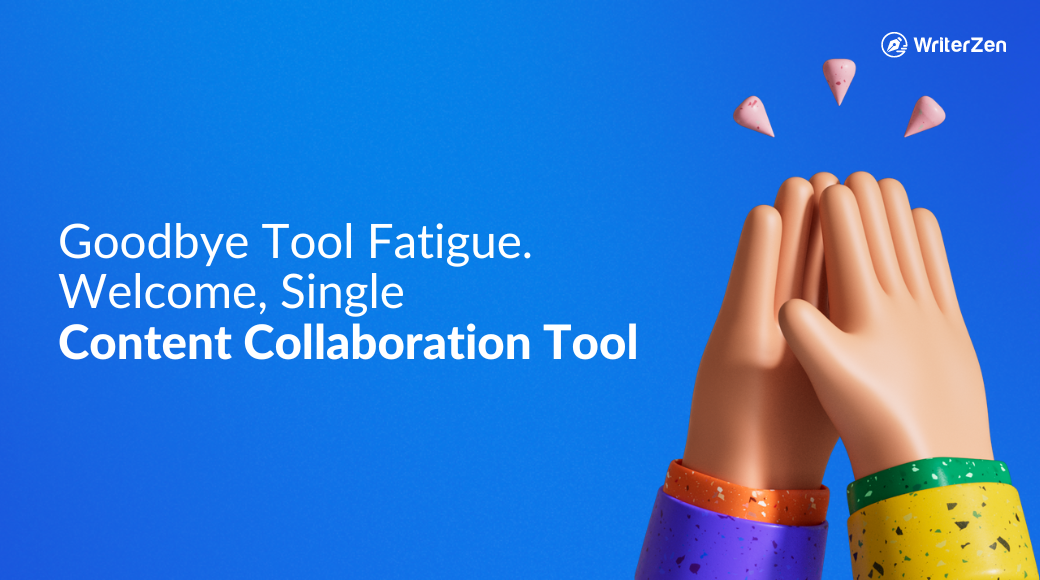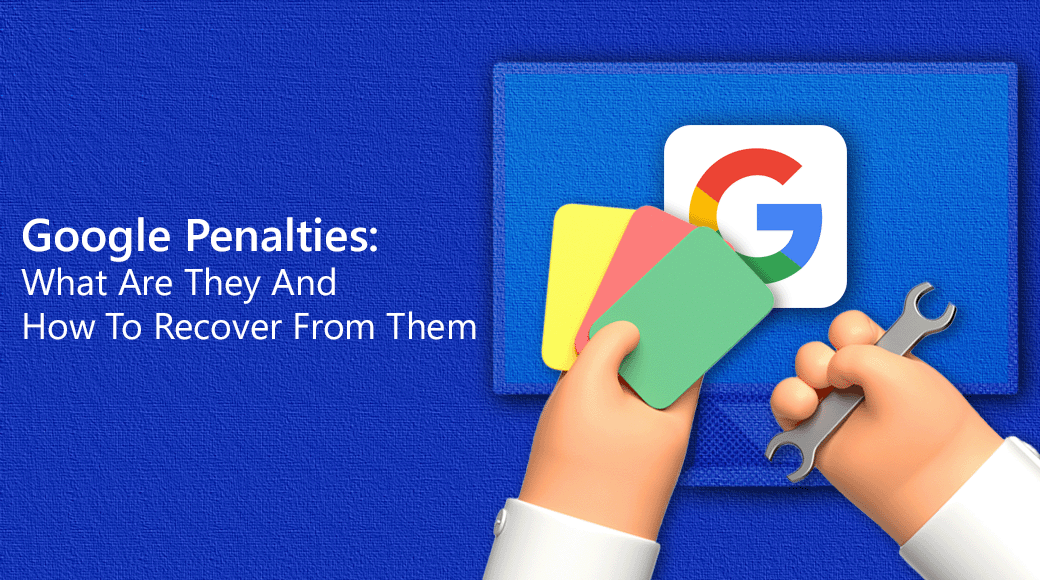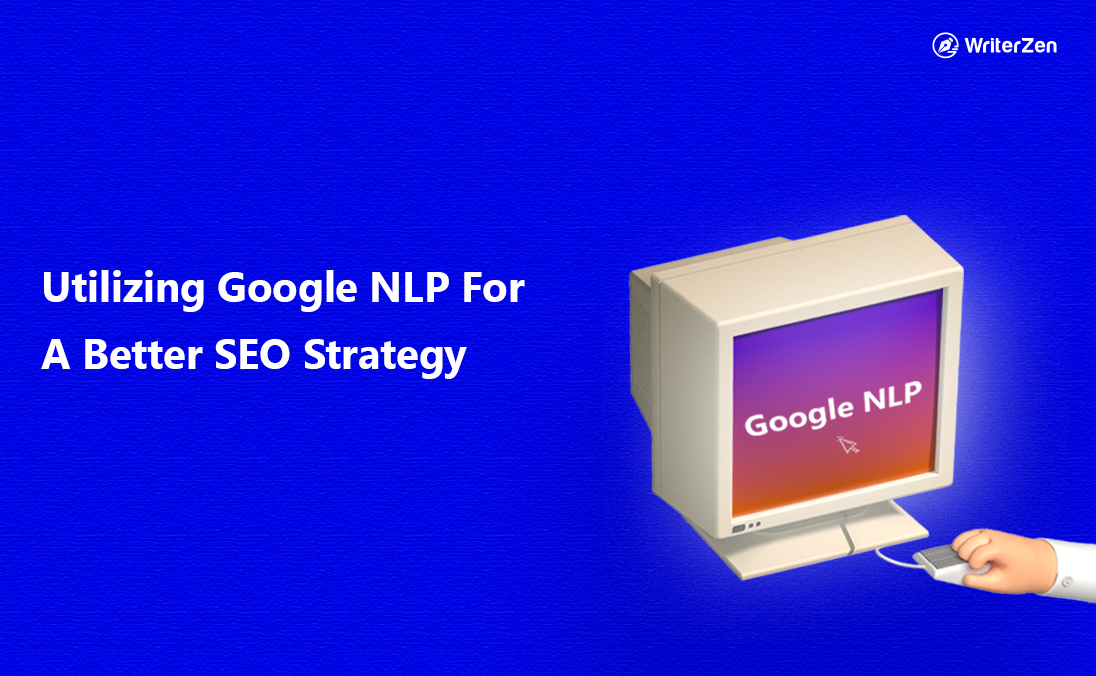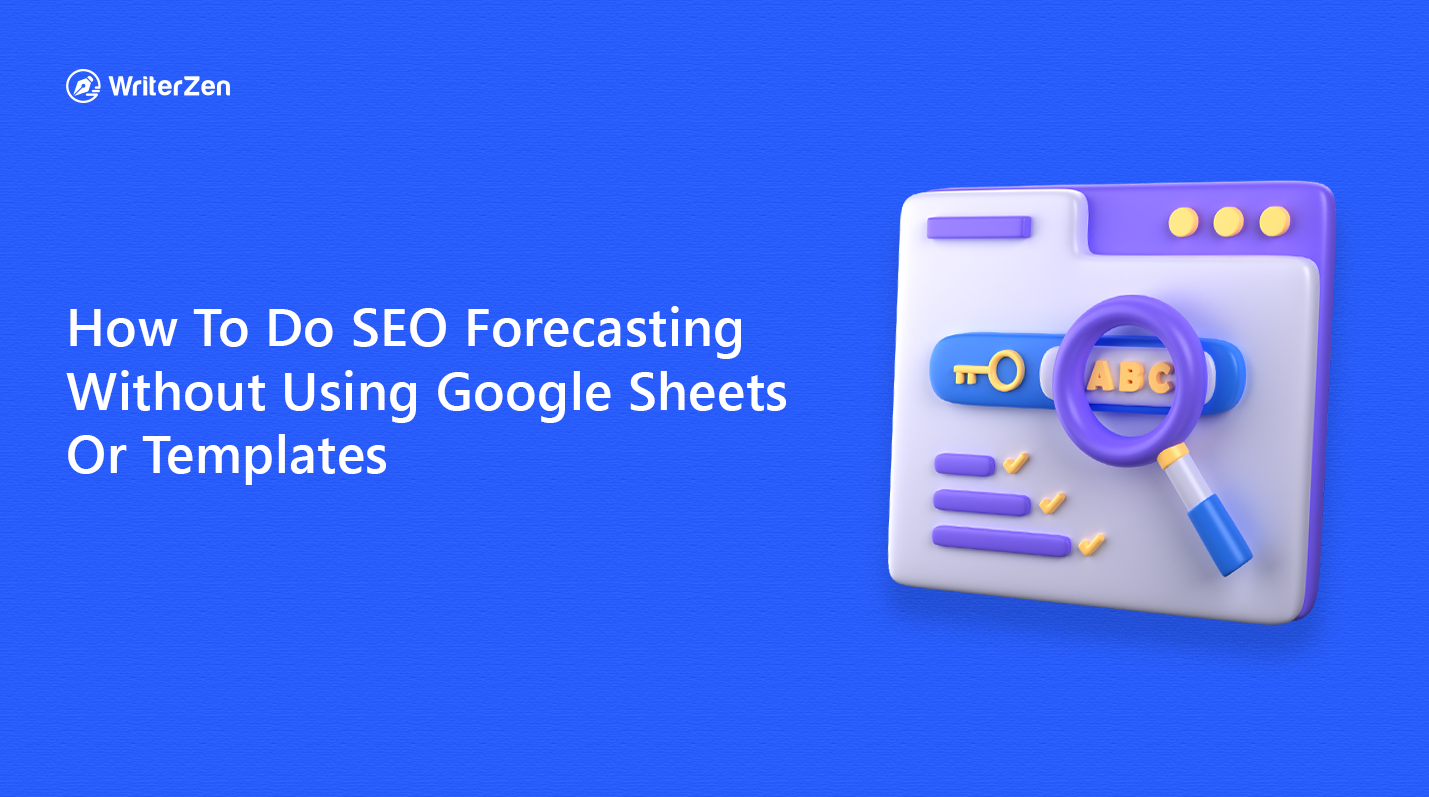In 2018, Google released an update to its search engine algorithm called Google BERT.
This new algorithm is designed to improve the accuracy of search results for users who type in conversational queries. In other words, Google BERT will better understand the intent of the user’s search and provide more relevant results.
If you're not sure how this new algorithm will impact your SEO strategy, don’t worry! This blog will teach you everything you need to know about Google BERT and how to optimize your content for it.
Everyone, Meet BERT
Anyone who’s ever tried searching for something online knows that Google isn’t always the most helpful. You type in what you’re looking for, and more often than not, you get a list of results that are only tangentially related to your query.
And in this day and age, who has the time to go to the second page of a SERP?
Google is constantly working to improve its search algorithm to limit the time users spend rearranging search queries over and over, and one of the latest additions is the BERT algorithm.
BERT stands for Bidirectional Encoder Representations from Transformers, which is designed to help Google understand the context behind search queries.
In other words, rather than just matching keywords, BERT helps Google identify the topics and concepts discussed. This means that you’re more likely to get relevant results when you search for something.
So, What Exactly Is The Google BERT Update?
BERT is an open-source pre-trained Natural Language Processing (NLP) Model developed by Google.
It’s a machine learning algorithm that can interpret the meaning of words based on the context in which they are used and allow Google to better understand the intent of a user’s search query.
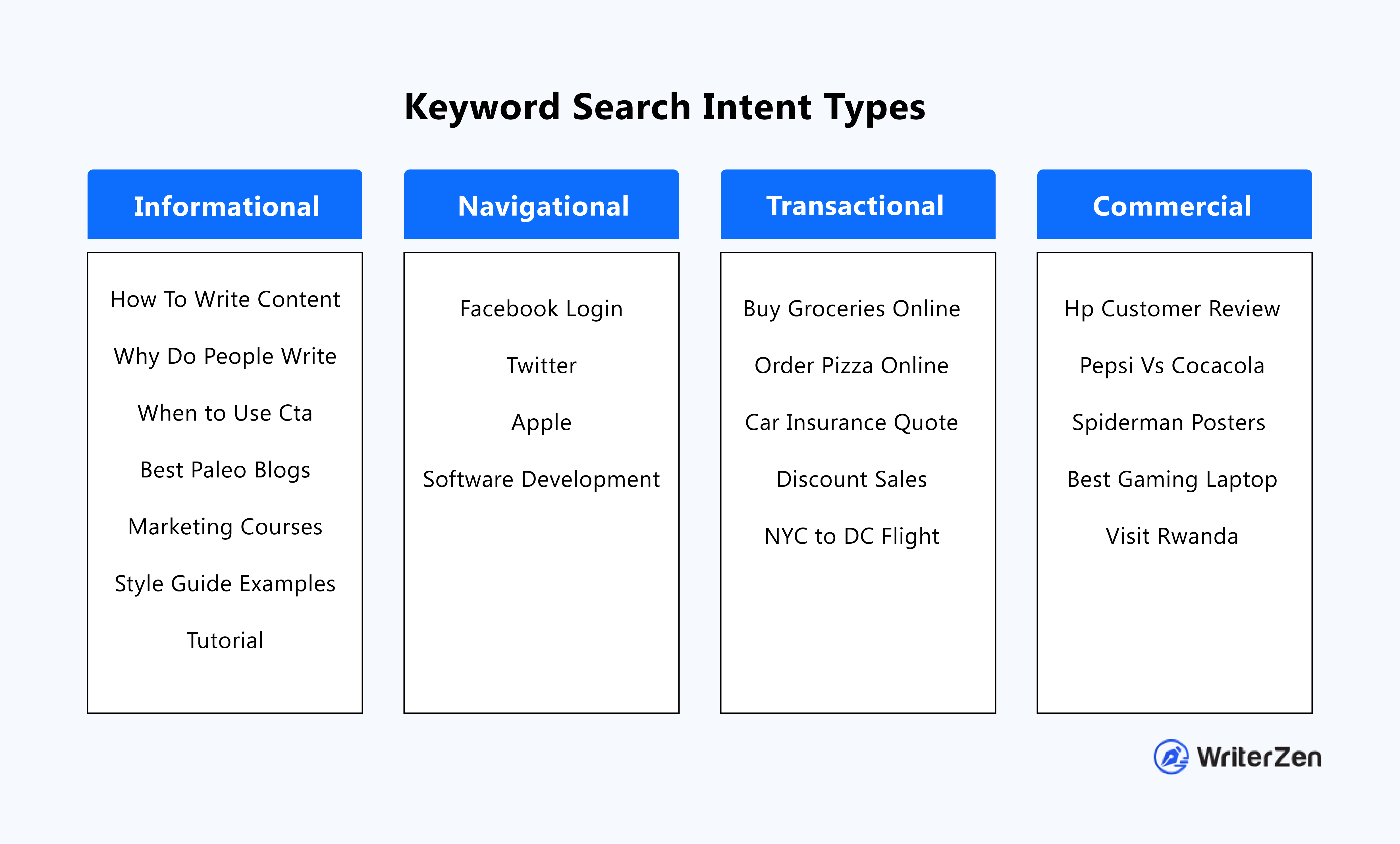
For example, let’s say you’re looking for a new restaurant to try in your city. You might type something like “restaurants near me” into Google. Google BERT will be able to understand that you’re looking for restaurants that are close to your current location. This is just one of the many ways that Google BERT is able to improve the accuracy of search results.
The Start of Something Big
Google’s impactful BERT update wasn’t as huge as one would have initially thought. In fact, upon its 2019 release, it only impacted 10% of all search queries.
However, fast forward to the present day, and the machine learning algorithm has determined 99% of search results in the English language - thanks to its self-learning capabilities that get improved over time as more new dataset flows in.
How Google BERT Works
BERT works by understanding the context of a search query, as mentioned previously.
For example, if you search for “wide shoes size 12,” BERT will recognize that you’re looking for shoes that are wide in size 12. This is different from how Google used to work, which was focused more on matching keywords.
Simply put, it looks at the context of the sentence or search query as a whole rather than word-by-word, like traditional models. This allows it to better understand the relationships between words and their meanings.
As a result, BERT can provide more accurate results for complex queries. So far, it has been shown to improve search results by up to 20%. Needless to say, this is a huge step forward for Google and contextual understanding in general.
Google BERT and Natural Language Processing (NLP)
Google’s BERT algorithm is a major breakthrough in the field of NLP.
Most NLP models can only encode sentences in one direction, either left-to-right or right-to-left. But BERT’s bidirectional encoder is different. It looks at the target word in a sentence and considers all the surrounding words in both directions.
This allows BERT to understand a sentence’s context better and provide more accurate results. Google has used BERT to improve its search engine results. And there are plans to use BERT to improve other Google services, such as Google Translate.
What This Means for Searches and SEO
Mapping out queries bidirectionally using transformers as BERT does is particularly important. It means that the algorithms are taking into account the subtleties and nuances behind words like prepositions which drastically change the intent behind queries.
For example, a Google search for “books on bats” could return results for books about bats, the small flying mammal, or the wooden stick used in baseball.
With this update, the transformer accounts for the word “on,” which usually indicates some relationship between two things; it can return results that are more relevant to the user’s intent. As a result, BERT can provide more accurate results for complex queries.
How to Optimize Content for Google BERT
Now that you know more about Google BERT, let’s talk about how to optimize your content for it. Here are a few simple strategies that can help you navigate the BERT update:
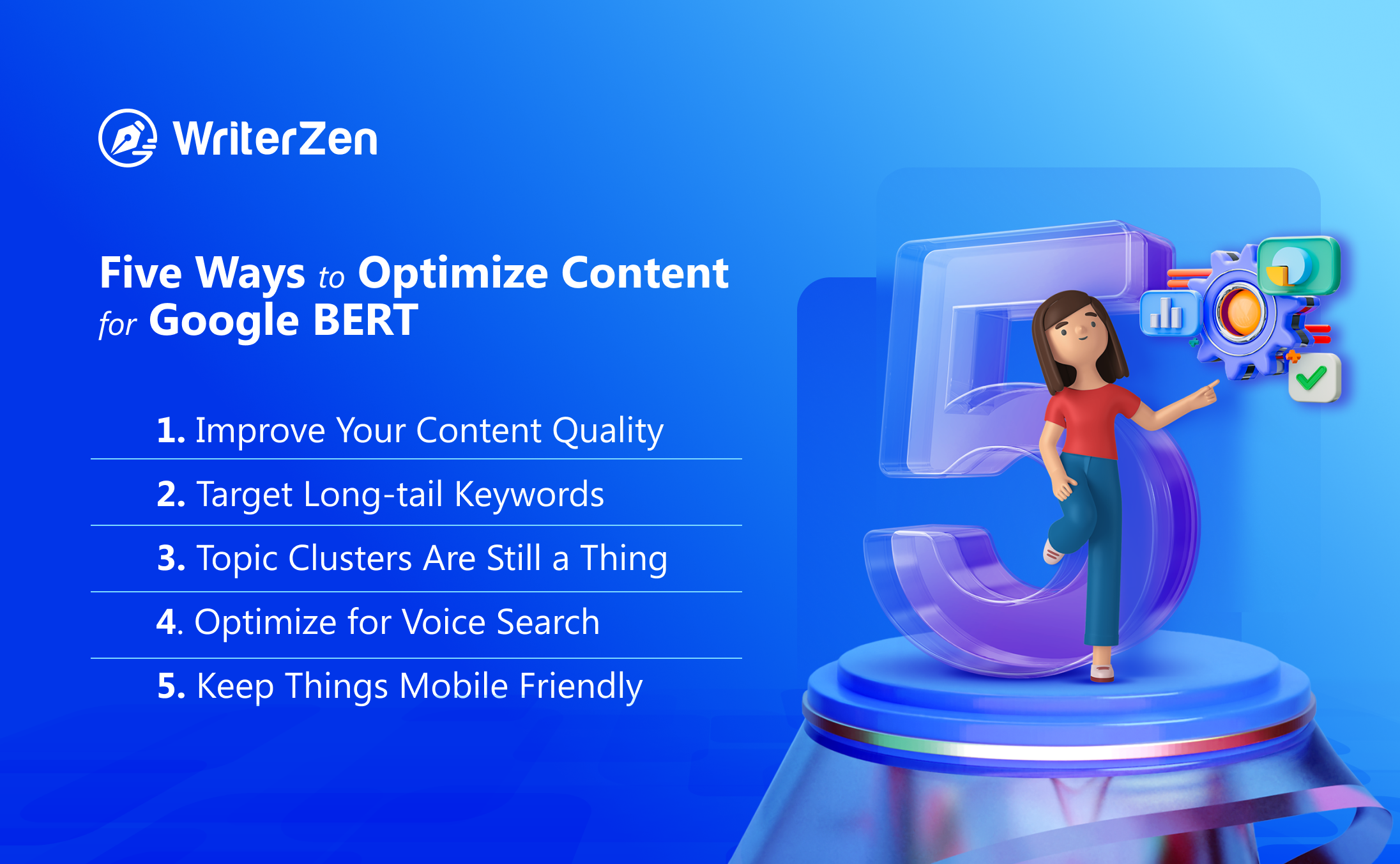
Improve Your Content Quality
This one is pretty self-explanatory - the better your content is, the more likely it is to rank well on Google. So if you want to improve your chances of ranking in the new BERT algorithm, make sure your content is high quality and informative.
Google BERT is designed to interpret the meaning of words, so it’s essential to use clear and concise language in your content.
This means creating content that answers the questions people are asking instead of simply cramming keywords all over the place. Doing this will make you more likely to show up in Google searches and get more traffic to your site.
Target Long-tail Keywords
Long-tail keywords are more specific than general keywords, and they’re often much easier to rank for. So if you have trouble ranking for general keywords, try targeting some long-tail keywords instead.
You’ll also want to focus on creating keyword-rich content that Google can easily index. Including keywords throughout your content will help Google understand what your page is about and match it with relevant search queries.
However, you’ll want to avoid keyword stuffing, which is the practice of cramming too many keywords into your content. This will not only annoy your readers but will also damage your search ranking.
Topic Clusters Are Still a Thing
As you know, a website can be about more than just a single keyword. This is where topic clusters come in. A topic cluster is a group of related topics that all fall under a broader category.
For example, if you have a website about cars, your topic cluster might include topics such as “car buying,” “car maintenance,” and “car reviews.”
By creating content on all of these topics, you can show Google that your website is an authority on the topic of cars. As a result, you’ll be more likely to rank higher in search results for car-related keywords.
Plus, you’ll also be more likely to rank for various long-tail keywords related to your topic cluster.
Optimize for Voice Search
With the rise of voice search assistants like Siri and Alexa, optimizing your content for voice search is more important than ever.
Make sure your content is easy to read aloud and includes natural language phrases that people are likely to use when speaking into a voice search assistant.
Keep Things Mobile Friendly
Finally, you should make sure that your website is mobile-friendly. Google BERT is designed to improve the accuracy of search results on mobile devices, so it’s vital to make sure that your website can be easily accessed and navigated on a mobile phone or tablet.
This is an old one, but it still bears repeating. Few things annoy users more than finding what they need but not being able to get to the checkout page because the website isn’t optimized for mobile.
Because BERT affects one in ten search queries, making sure your content is high-quality and relevant to what people are searching for is even more important. By following these simple tips, you can help your site navigate the waters of the BERT update and come out on top.
Final Thoughts
We can learn some key things from Google BERT that can be applied to SEO immediately.
First and foremost, BERT is all about understanding user intent. This has been an essential part of SEO for a long time, but BERT takes it to a new level. By understanding the user’s intent, we can better match them with the right content, which is what they’re looking for.
Secondly, BERT focuses on natural language processing. This means that Google is getting better at understanding the way and how people search, which isn’t always in perfect grammar or keywords.
Finally, while Google BERT may seem daunting at first, there are some key takeaways that SEOs can use to their advantage. By focusing on user intent and natural language processing, we can stay ahead of the curve and continue to deliver great results for our clients.
By following these optimization tips, you can ensure that your content is ready for Google BERT. Implementing these strategies will help you improve your search ranking and attract more organic traffic to your website.



